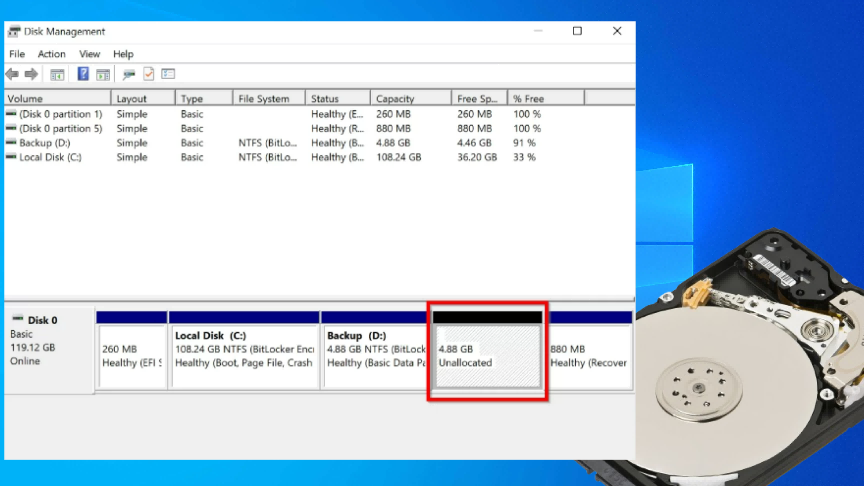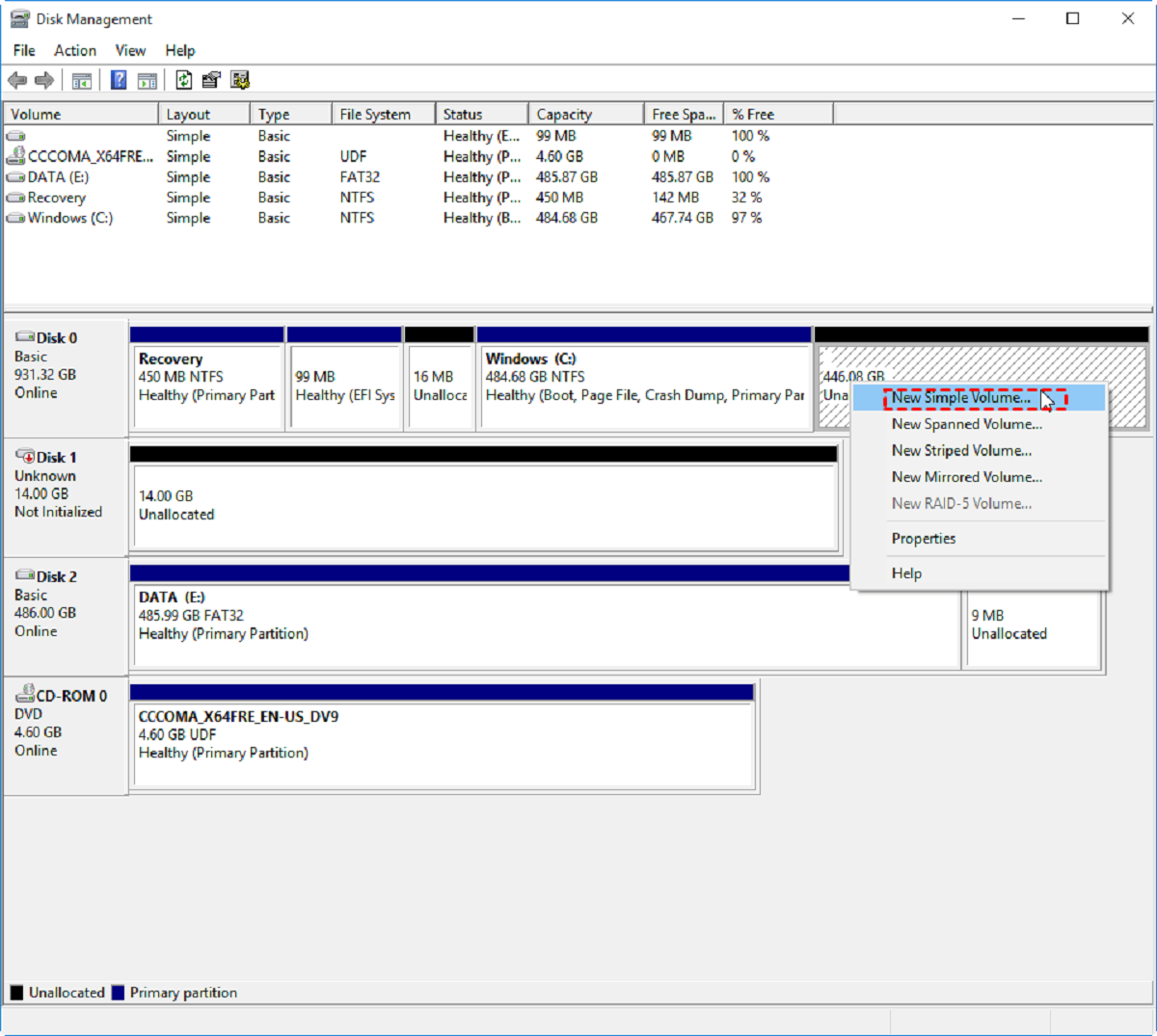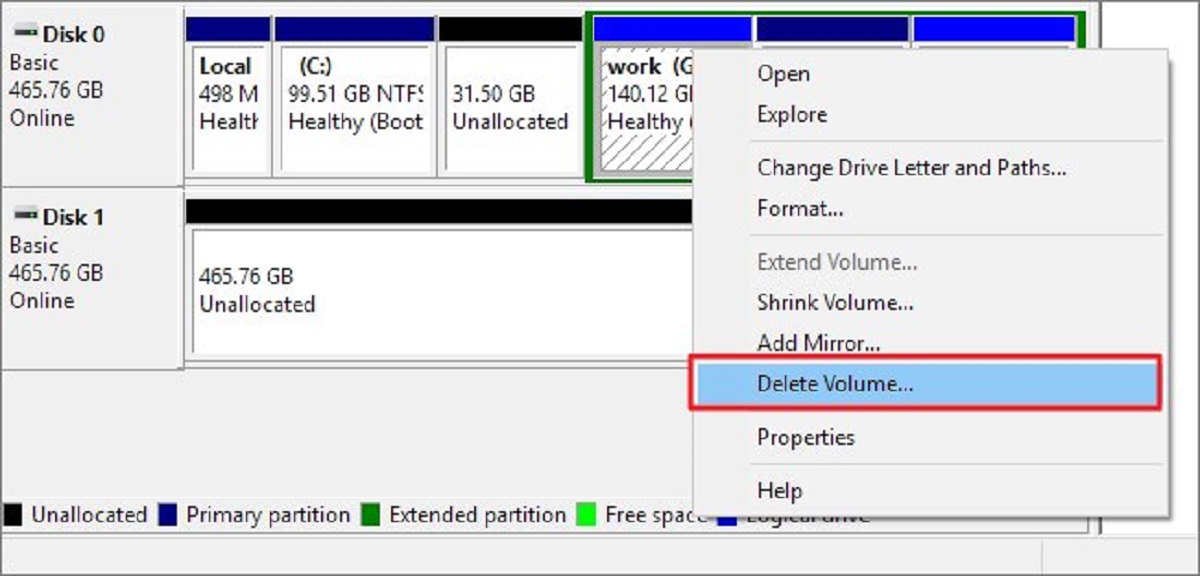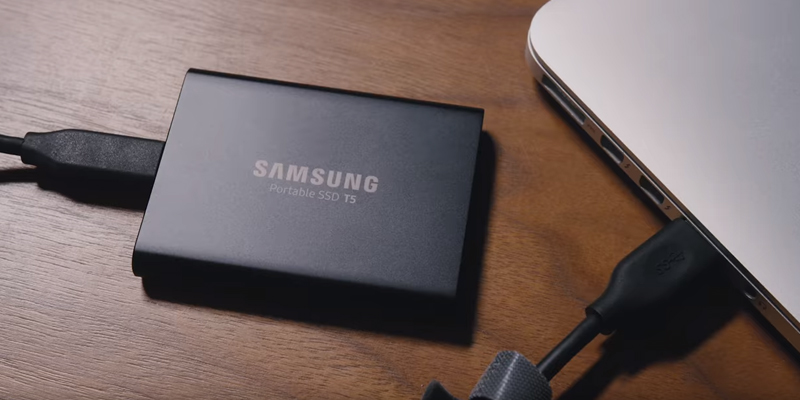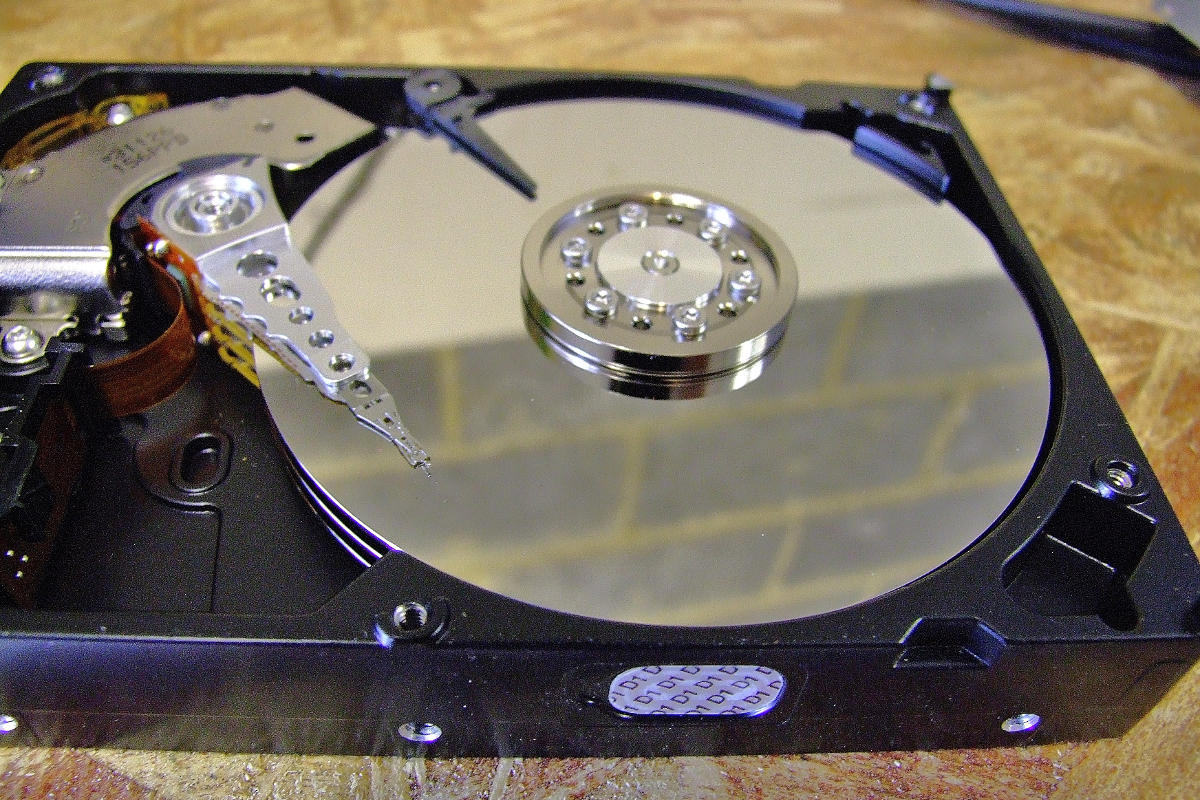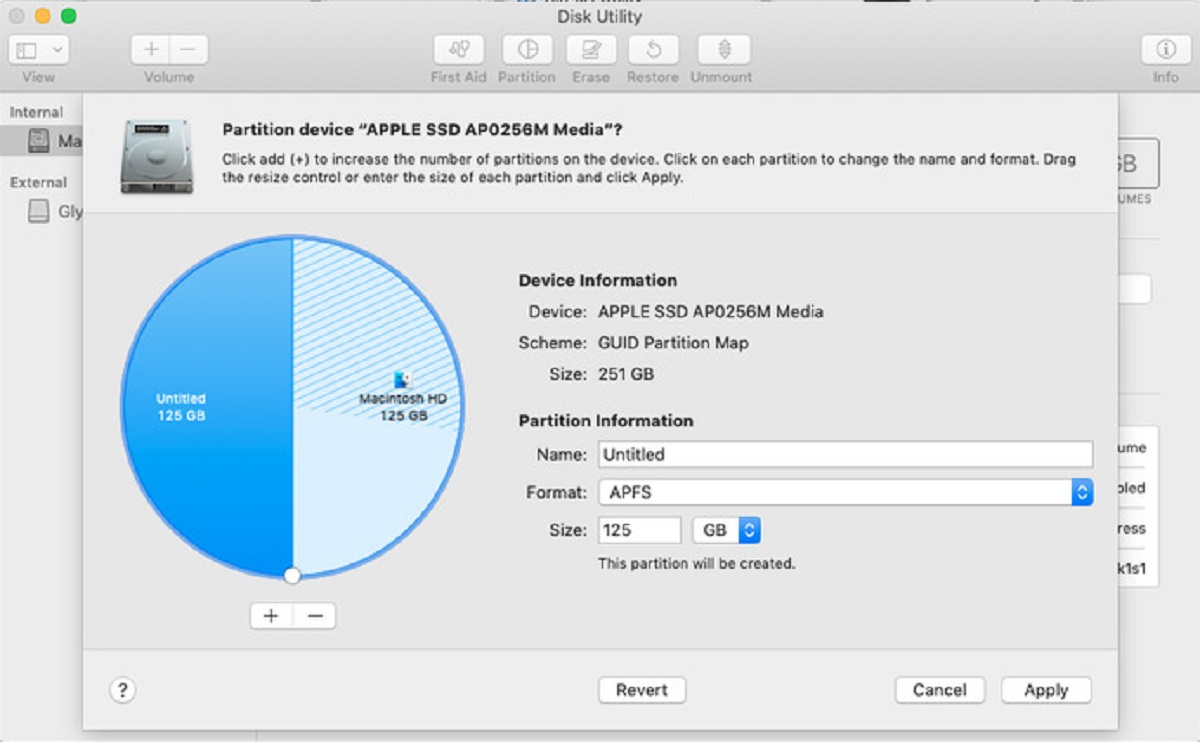Nowadays, our computer storage needs are experiencing exponential growth, while the capacity of the C drive sometimes falls short. In such cases, adding unallocated space to C drive is a common solution. However, many users may be wondering how to extend C drive with unallocated space? Don’t worry! In this post, we’ll walk you through three simple yet effective methods to execute this crucial task, empowering you to optimize your computer’s hard drive for peak performance.
Part 1: Things You Should Know Before Adding Unallocated Space to C Drive
1.1 What is unallocated space?
Before delving into the solutions to allocate unallocated space to the C drive, let’s first grasp the concept of unallocated space. Simply put, it refers to the portion of the disk that is presently unused by any data or system files. Unallocated space can occur when you initially set up a new hard drive or when you delete a partition.
1.2 Why do you need to add unallocated space to C drive?
The C drive is where the operating system and essential system files are usually located. Here are some common reasons why you might want to extend C drive to unallocated space:
- Insufficient Disk Space: You are unable to install new applications, download files, and create data.
- Poor System Performance: Due to limitations in virtual memory, your operating system experiences a decrease in performance and a slowdown in speed.
- Update Failure: Your operating system cannot perform the update automatically or fails during the update process.
Let’s look at possible ways on how to merge unallocated space to C drive!
Part 2: How to Add Unallocated Space to C Drive
Can you add unallocated space to an existing partition? Without a doubt, the answer is yes. However, in most cases, only unallocated space adjacent or to the right of the C drive can be merged into the C drive. It can be challenging for computer novices If the unallocated space is on the left side of the C drive.
Solution 1: Extend C drive to unallocated space with professional software
4DDiG Partition Manager allows you to add unallocated space to C drive with just a few clicks, regardless of where the unallocated space is located on the C drive. Moreover, this powerful and user-friendly tool provides additional useful features. For instance, you can further optimize disk space by adjusting size, splitting, creating, deleting, or formatting partitions.
Here is how to extend C drive with unallocated space using 4DDiG Partition Manager:
Step 1: Begin by install and launching the 4DDiG Partition Manager tool. Choose “Partition Management” from the left-hand menu. Next, right-click on the partition you want to modify and select “Resize/Move.”
Step 2: Now, adjust the size of the chosen partition by either dragging its borders or entering a specific size in GB. You can preview the changes once the size is set. Then, click on the “OK” button to proceed.
Step 3: The scheduled resizing task will appear in the Task List. Click “Execute 1 Task(s)” and then confirm with “OK” to execute the operation.
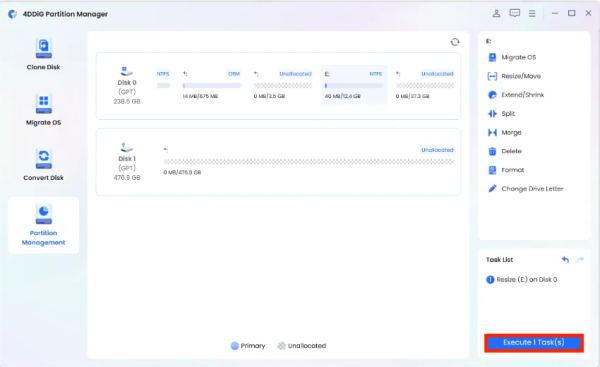

Step 4: Wait for the desired partition size adjustment, and then click “Done” to complete the process.
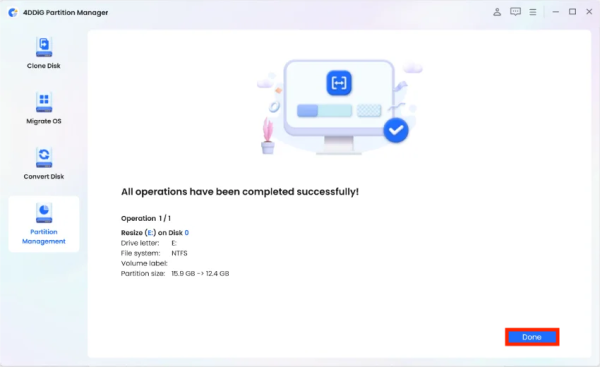

Solution 2: Extend C drive to unallocated space via Disk Management
Another simple method to add unallocated space to the C drive is by using a built-in tool: Disk Management. Compared to Command Prompt, it’s more accessible for those with limited computer experience. Here is a step-by-step guide on how to merge unallocated space to C drive with the help of Disk Management:
Step 1: First of all, press Win + R on your keyboard. Type “compmgmt.msc” and hit Enter to open Computer Management.
Step 2: Navigate to “Storage” > “Disk Management.” Then, locate the unallocated space that appear as a black bar with no drive letter.
Step 3: Perform a right-click on the C drive and choose “Extend Volume.”
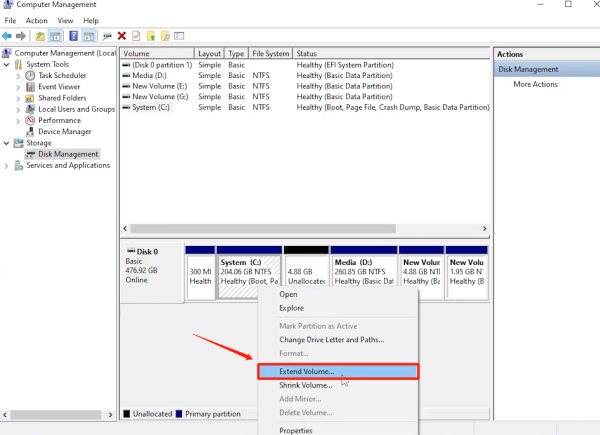

Step 4: In the “Select Disks” screen, you’ll see the available space to add to the C drive. Ensure the unallocated space is selected.
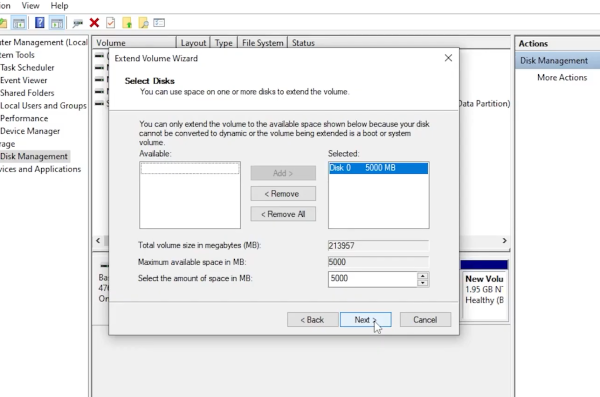

Step 5: Finally, click “Finish” to complete the wizard.
Solution 3: Add unallocated space to C drive using DiskPart
Still wondering how to extend the C drive with unallocated space? DiskPart in Command Prompt is a viable option for tech-savvy users. If you’re not comfortable with command-line tools, consider backing up all important files before making any changes to the C drive. Even a small error in command syntax can potentially lead to more serious issues. Follow these steps:
Step 1: Right-click on the Windows Start button and choose “Command Prompt (Admin).”
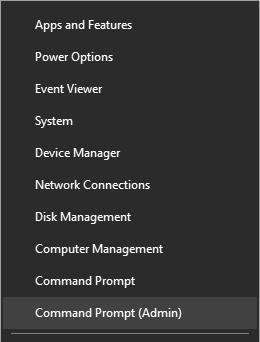

Step 2: Type the following commands one by one and press the Enter key after each input to execute.
- diskpart
- list disk
- select disk 0 (Replace 0 with the disk number of your C drive)
- list partition
- select partition X (replace X with the partition number of the unallocated space)
- extend size=1000 (where 1000 is the size in MB of the C drive you want to extend)
- exit
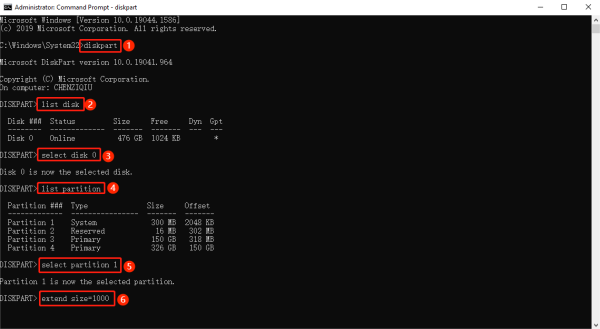

Step 3: Restart your PC and check if the C drive has been extended.
That’s it! With these solutions, you should have successfully added unallocated space to C drive.
Part 3: Why Can’t I Extend C Drive with Unallocated Space in Windows 11/10?
Some inexperienced users often ask questions like ‘Why can’t extend the C drive with unallocated space in Windows 11?’ on online Q&A forums and help sites. You are unable to add unallocated space to C drive because the “Extend Volume” option is grayed out and unavailable.
The most common reason for this is a lack of available residual or unallocated space on your physical drive. Additionally, If the unallocated space is not immediately to the right of the C Drive, it may also cause this issue. So, how to fix it?
Step 1: Press Windows + X and opt for “Disk Management” from the menu.
Step 2: Right-click on the C drive and select “Properties.”
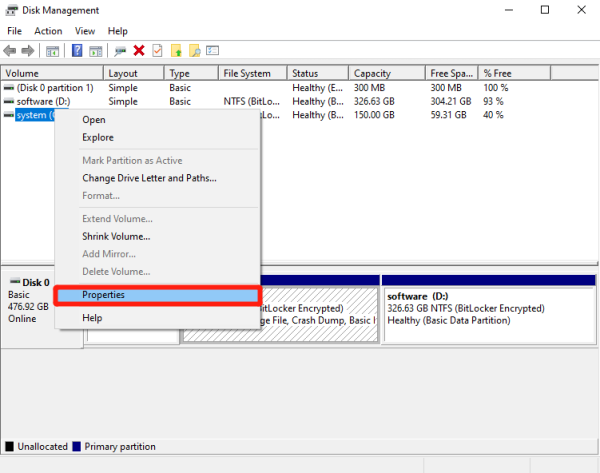

Step 3: Check the “Free Space” and “Used Space” to ensure that there is unallocated space on the disk.
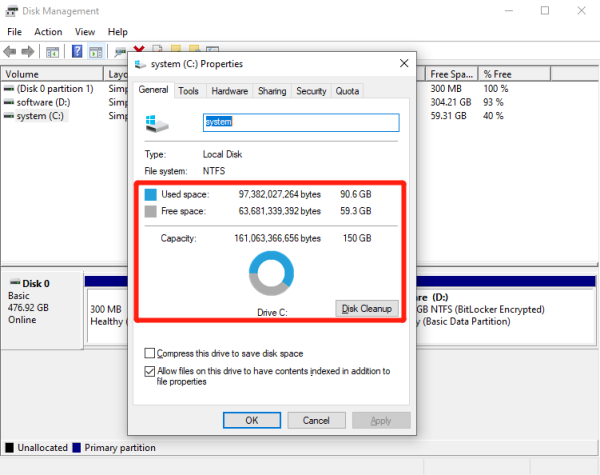

Step 4: In Disk Management, check the layout of the partitions. If the unallocated space is not next to the C drive, you may need to use a third-party partitioning tool to extend C drive to unallocated space.
FAQs about How to Add Unallocated Space to C Drive
Q1: How to move unallocated space next to the C drive?
Here is how to deal with non-contiguous unallocated space on your drive:
Step 1: Use the unallocated space to create a new partition.
Step 2: Copy or move all data from the existing drive to the newly created partition.
Step 3: Once you’ve confirmed that all data has been successfully moved, delete the existing drive.
Step 4: Use the “Expand Volume” option to expand the C drive into the unallocated space.
Q2: Why does my C drive have unallocated space?
If you recently resized or created partitions on your C drive, it could leave unallocated space. Additionally, if you were attempting to extend a partition and the process was not completed successfully, the space might remain unallocated.
Conclusion
Now, you’ve learned how to add unallocated space to c drive. If you find that the “Extend Volume” option is unavailable, it’s likely because there is no space left or the unallocated space is not contiguous to the C drive. In such situations, give 4DDiG Partition Manager a try. It can not only help you easily manage disk space but also perform advanced tasks such as disk cloning or system migration.







